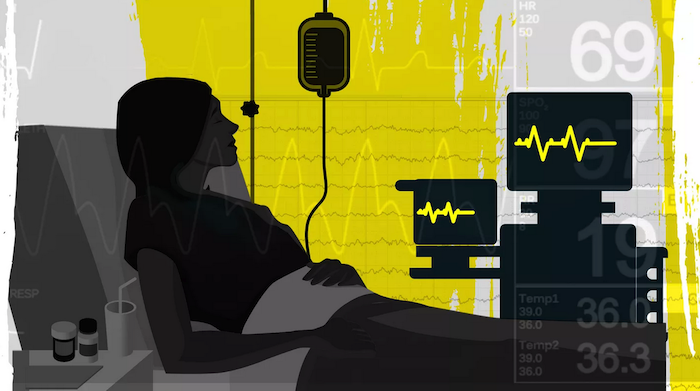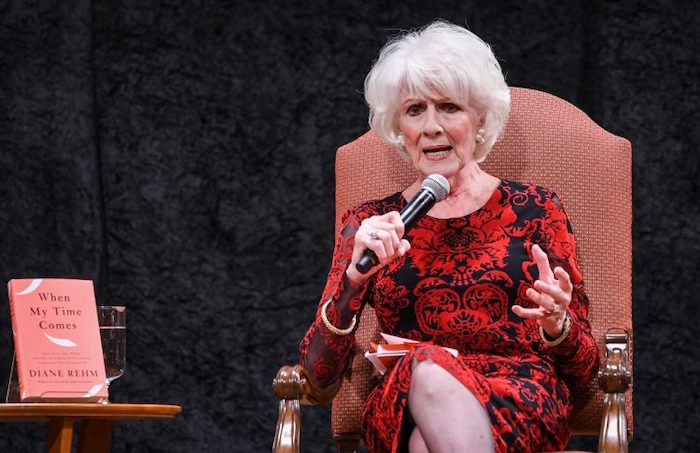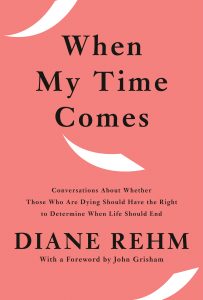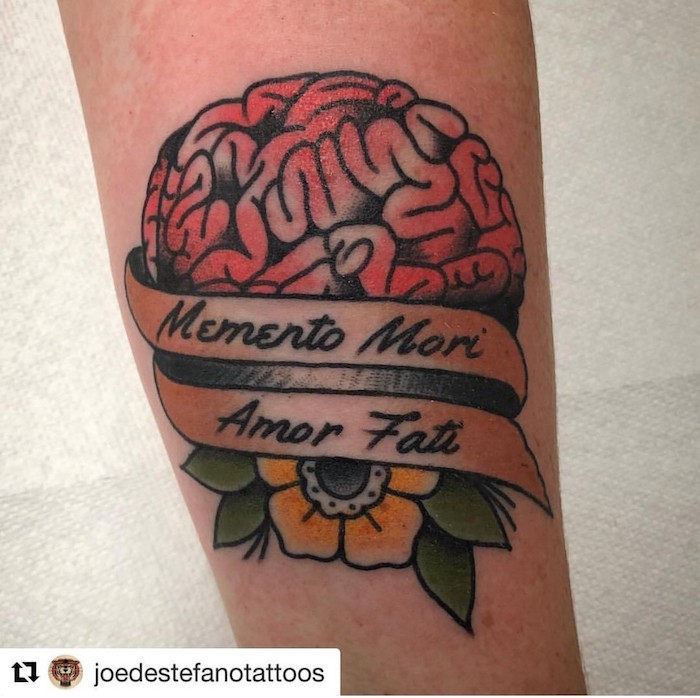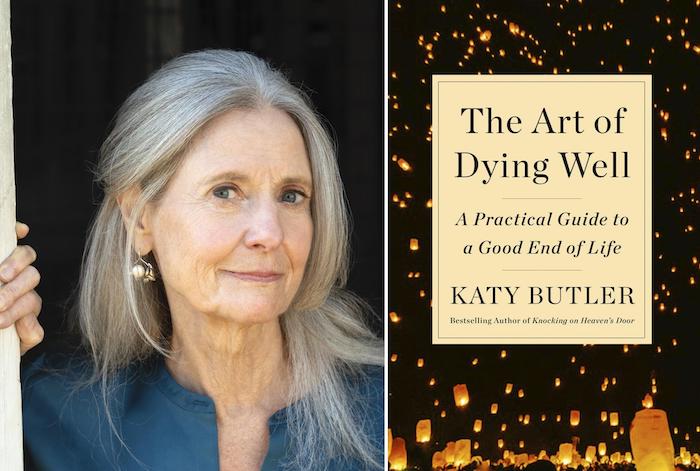By Dr. Ramy Salah
As a palliative care doctor, it is my job to sit with patients and imagine death, the distant reality that we would rather ignore. After warning a heavy conversation is forthcoming, I ask, “Have you thought about how you would want your care to look like if time were short?” The responses to questions about end-of-life care are as varied as they are familiar. “Keep me comfortable.” “I don’t want to be a burden to my children.” “If I can’t recognize my wife, let me go Doc.” Through statements like these, I learn which treatments are most appropriate for my patients on a personal level. It is my goal, after all, to make sure the care that my patients receive matches the care that they would want.
Palliative care focuses on quality of life for patients dealing with serious illness. Therefore, these conversations have become second nature to me. As precise as a surgeon is with her scalpel, I tactfully employ a combination of words and silence to explore my patients’ thoughts about transitions from health to illness, from home to hospital, from life to death. I temper my approach delicately over several visits — as the maxim reads, “Death, like the sun, cannot be looked at steadily.” This is possible with conditions such as cancer or dementia, where life expectancy can be months or even years. During the time of COVID-19, however, we may not have that sort of time.
In the last month, we have been inundated with medical information — I, for one, have tried to decipher more graphs than I would have cared to in a lifetime. From presidential press conferences to cable news to twitter feeds, we eagerly listen for the evidence to make sense of the pandemic. What are the latest numbers of cases and deaths? Which experimental treatments among the antimalarials, antivirals, antibiotics and antibodies seem promising? What are the ethical considerations on rationing ventilators in a national shortage? I am elated that medical professionals have become the loudest voices in the media, however there hasn’t been encouragement for discussions like the ones I have with my patients.
Advance care planning, or better read as “planning for your care in advance,” is generally thought of as a good idea. Though 82% of people say that documenting their wishes regarding end-of-life care is important, only 27% have completed advance directives. My patients are also reluctant to talk about death, but I have seen how much harder it is to have these discussions when they’re critically ill. I say, “In a health crisis you have to process your emotions before making medical decisions. Or you can make those decisions now before things get too emotional.” Studies show that the latter makes for a much smoother process for the patient, their loved ones and their care teams.
So, where do you start? There are three steps in advance care planning:
1). Reflection: Ask yourself — What makes life worth living? What quality of life would be unacceptable for me? There is no shortage of resources to help begin the process, including PREPARE, Go Wish, and The Conversation Project.
2). Conversation: This is the hardest step in the process, and the most crucial. This exercise is useless if you do not share your values and beliefs with those who will be involved in your care if you get sick. This includes your loved ones and your doctors.
3). Documentation: I urge readers to become familiar with two documents: 1). The Advance Directive (AD); and 2). The Physician Orders for Life-Sustaining Treatment (POLST) form. The AD names a durable power of attorney who will make decisions on your behalf if you are unable. It will also direct those involved in your care how to treat you if time were short. The pink POLST form mainly addresses resuscitation — if you were found pulseless, would you want medical personnel to carry out CPR or allow a natural death? I argue that everyone should have an AD, regardless of age or health status. Everyone with a serious medical condition, especially if they reside in a nursing home, should complete a POLST with their doctor.
In the age of coronavirus, I’m sure you, like me, have vacillated between hope and fear. Maybe you shrugged it off as unfounded mass hysteria one day and envisioned doomsday scenarios the next. Regardless, you must translate your energy into positive action. As grateful as I am to you for staying home, practicing good hand hygiene and donating protective equipment to hospitals, I urge you to begin the tough conversations and advance care planning with your loved ones. After all, it’s always too early until it’s too late.
Complete Article ↪HERE↩!



